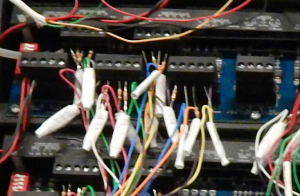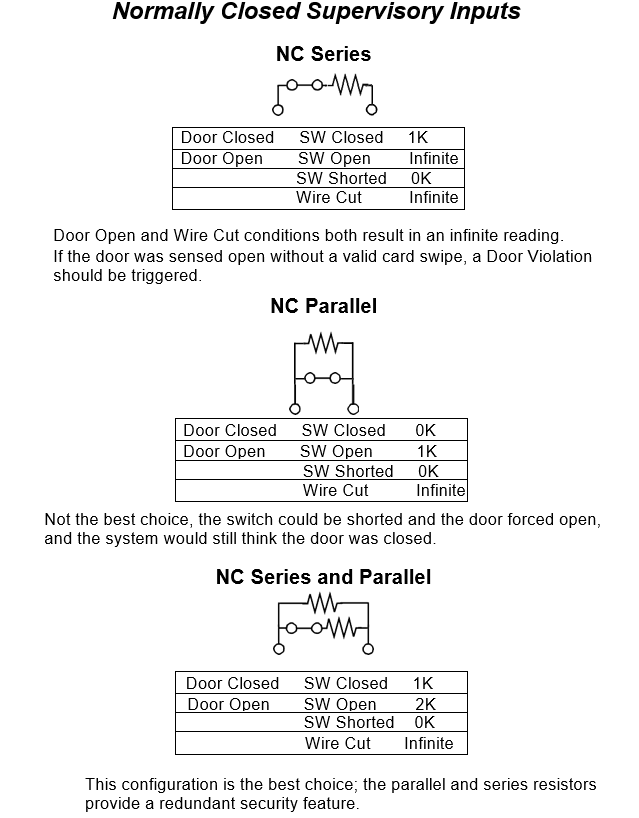New Class Schedule for 2024
“Preparing for the NC SP- FA/LV Electrical Examination”
This 8-hour course reviews subject areas of the National Electrical Code (NFPA 70-2020) applicable to the North Carolina SP-FA/LV (Special Fire Alarm/Low-Voltage) license classification examination, as well as the administrative requirements of the NCBEEC and the use of the National Fire Alarm and Signaling Code (NFPA 72-2013). The course emphasizes Code requirements that may not be familiar to the typical installer of low-voltage and power-limited circuits for security and fire alarm systems, but that are important for successfully taking the qualifying examination. These topic areas include:
- Review of basic requirements of Title 21 NCAC 18B;
- General requirements for all electrical work;
- Grounding and bonding for power-limited and associated branch circuits;
- Calculating conductor ampacity;
- Calculating box fill;
- Identifying conductors for specific applications;
- Identifying and providing overcurrent protection for power-limited circuits; and
- Calculating resistance in simple circuits; and
- Requirements of National Fire Alarm and Signaling Code (NFPA 72-2013)
Effective March 1, 2022, the electrical examination is based upon the 2020 edition of the National Electrical Code (NFPA 70-2020) and the 2013 edition of the National Fire Alarm and Signaling Code (NFPA 72-2013). All classes presented after March 1, 2022, must use these editions as their references. However, all applicants are advised to verify through the NCBEEC the specific editions that will be used on the date of their examination.
Virtual Class Schedule for 2024
This class will be presented virtually by a live instructor on the following dates:
- Wednesday, April 24, 2024 8:00 AM – 5:00 PM (Eastern)
- Wednesday, July 17, 2024 8:00 AM – 5:00 PM (Eastern)
- Wednesday, October 9, 2024 8:00 AM – 5:00 PM (Eastern)
- Wednesday, December 4, 2024 8:00 AM – 5:00 PM (Eastern)
Class Registration
Class registration is managed by National Training Center at:
Each student will receive a student workbook that includes a course outline and copies of all presentation material; a copy of Title 21 NCAC 18B; and an extensive set of practice examination questions, along with a practice question answer key with references.
It is strongly recommended that students have a copy of the 2020 National Electrical Code and the 2013 National Fire Alarm and Signaling Code in order to participate in exercises and discussion. These books are not included in the class fee.
Posted in: Training
Leave a Comment (0) →

